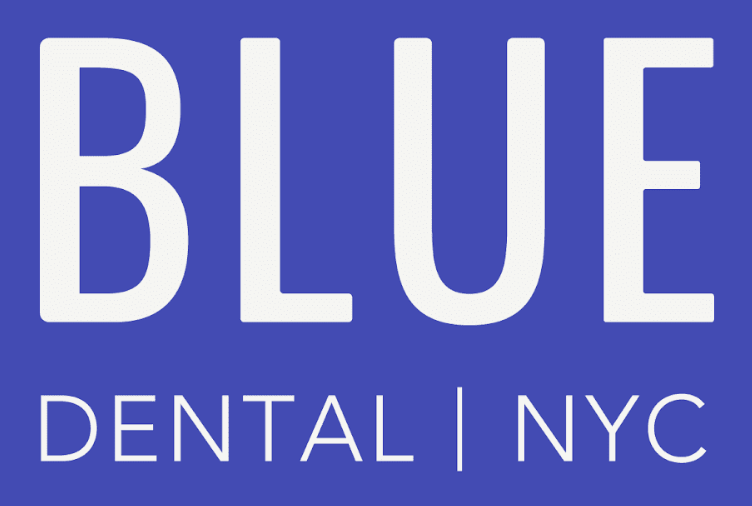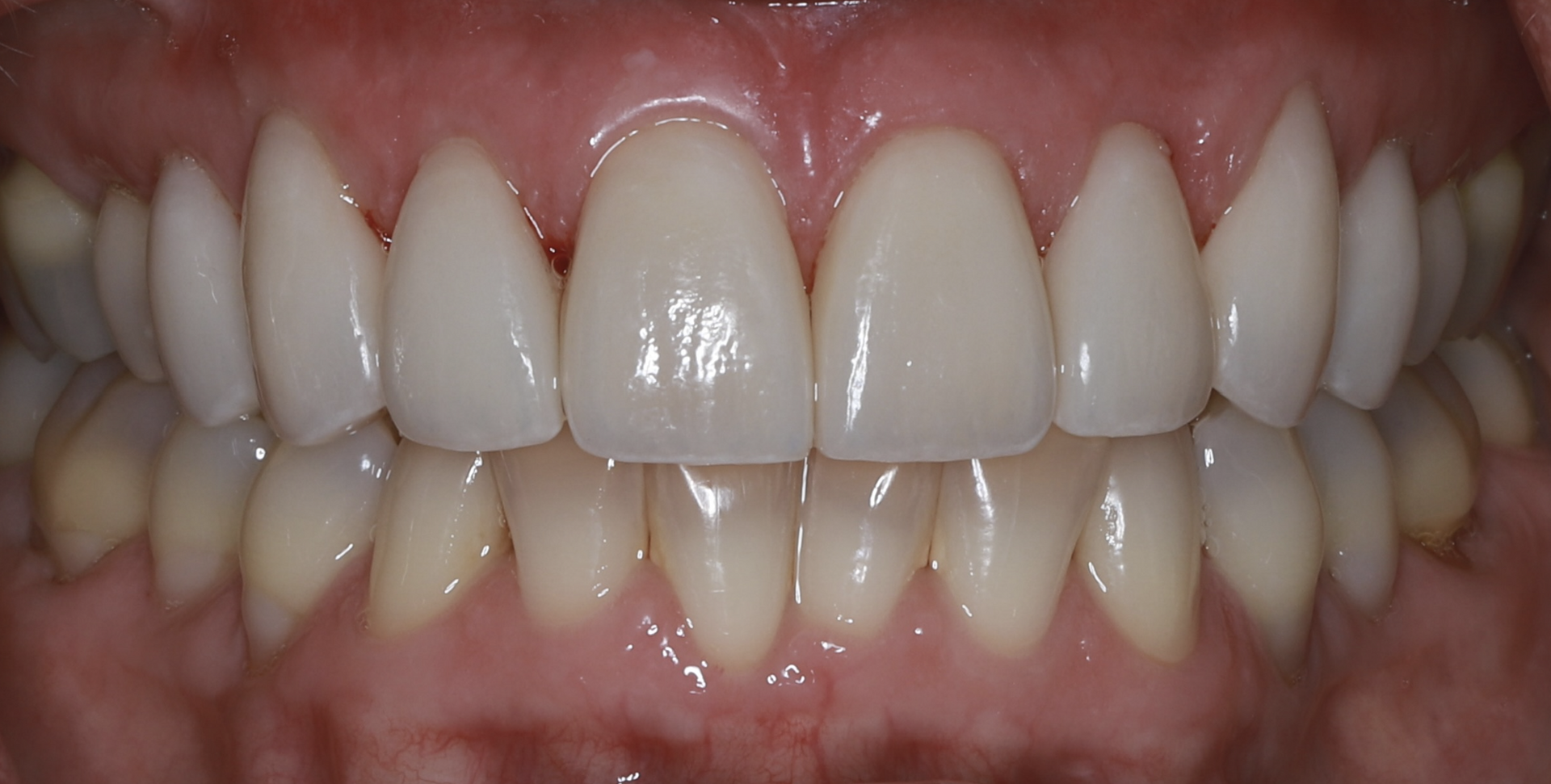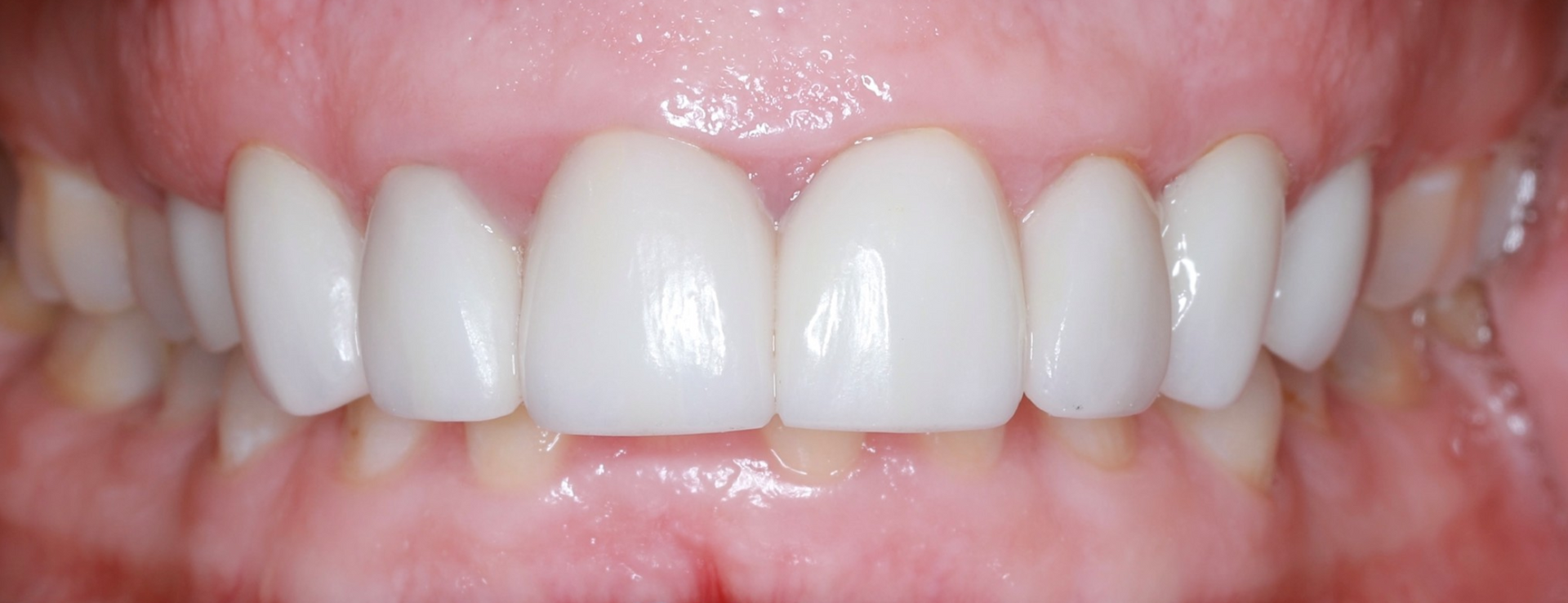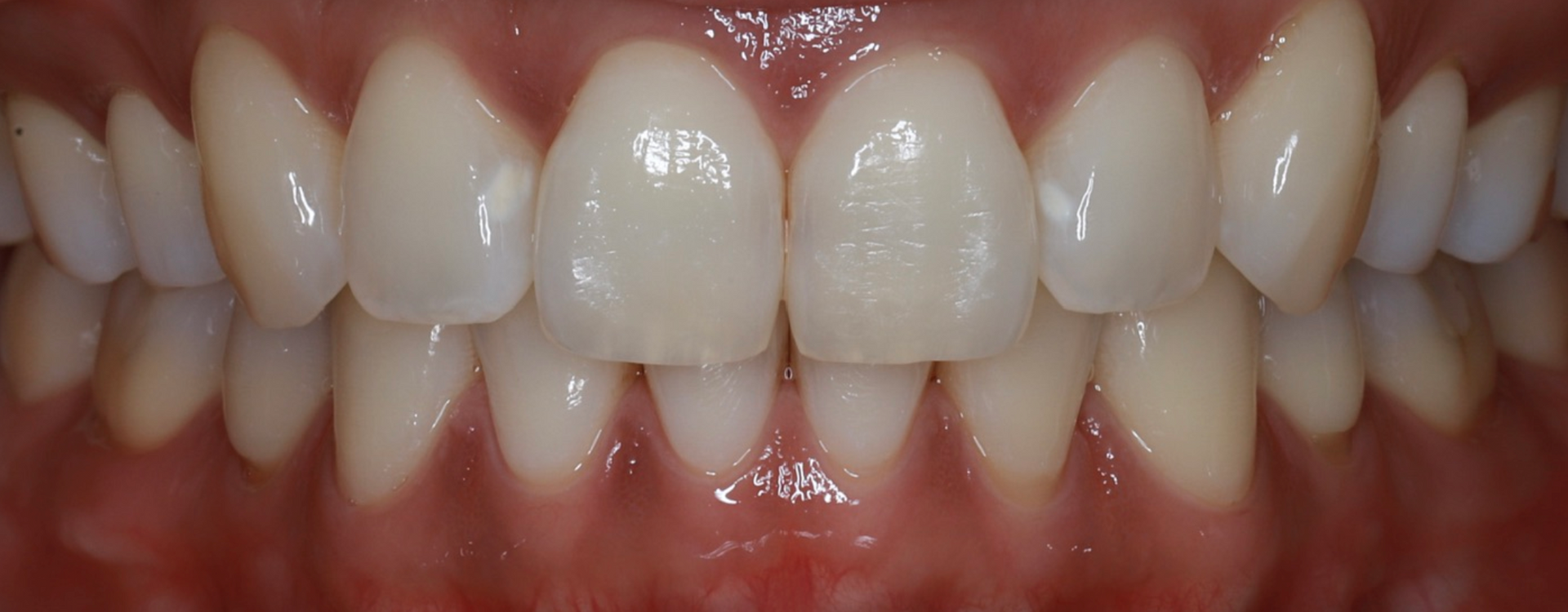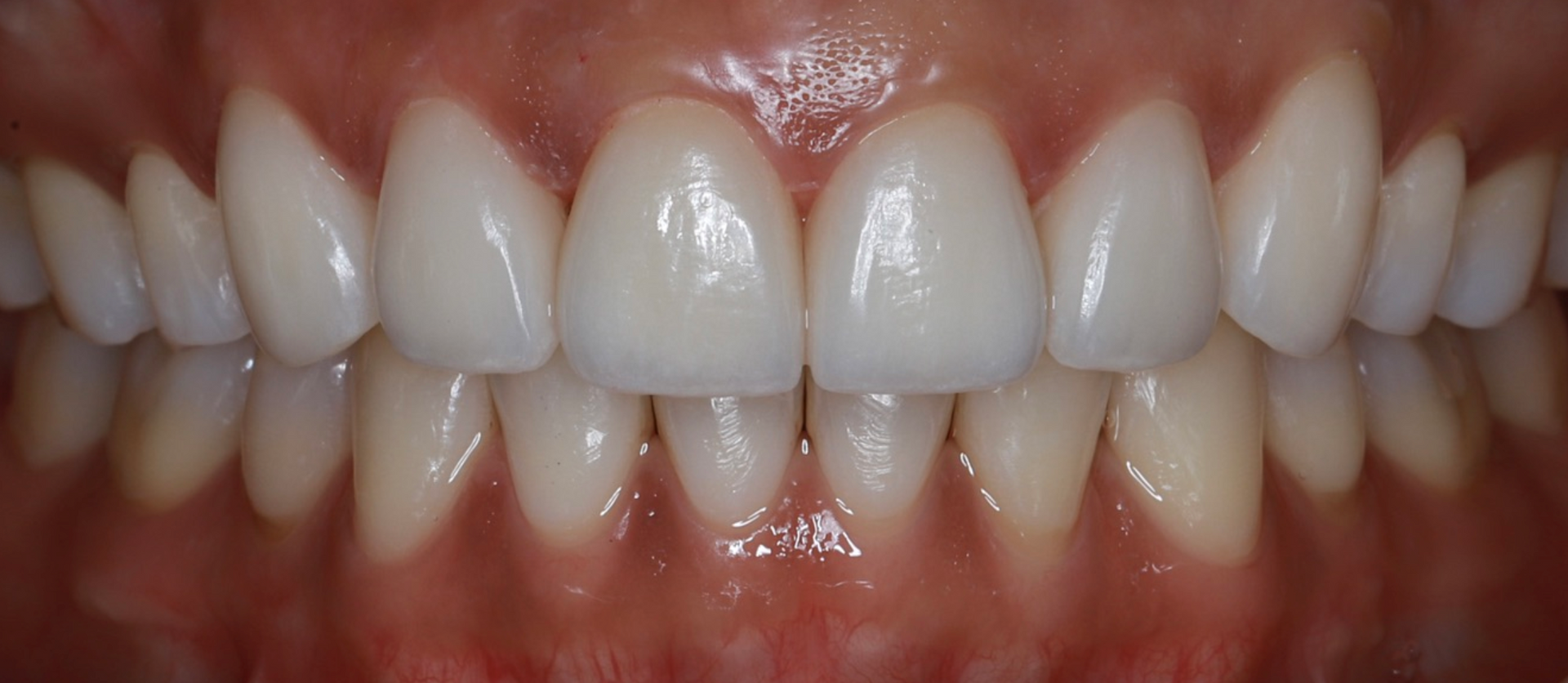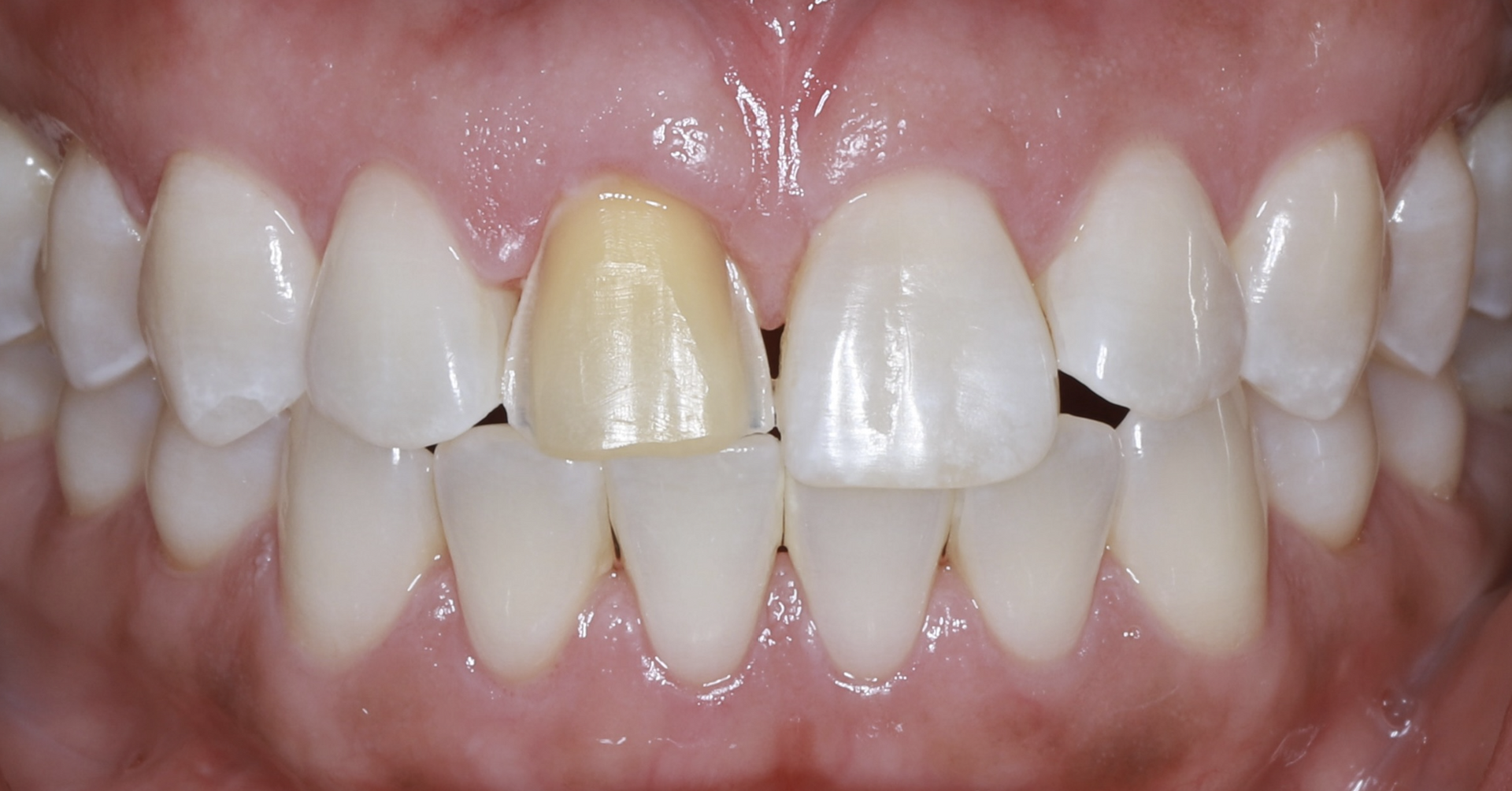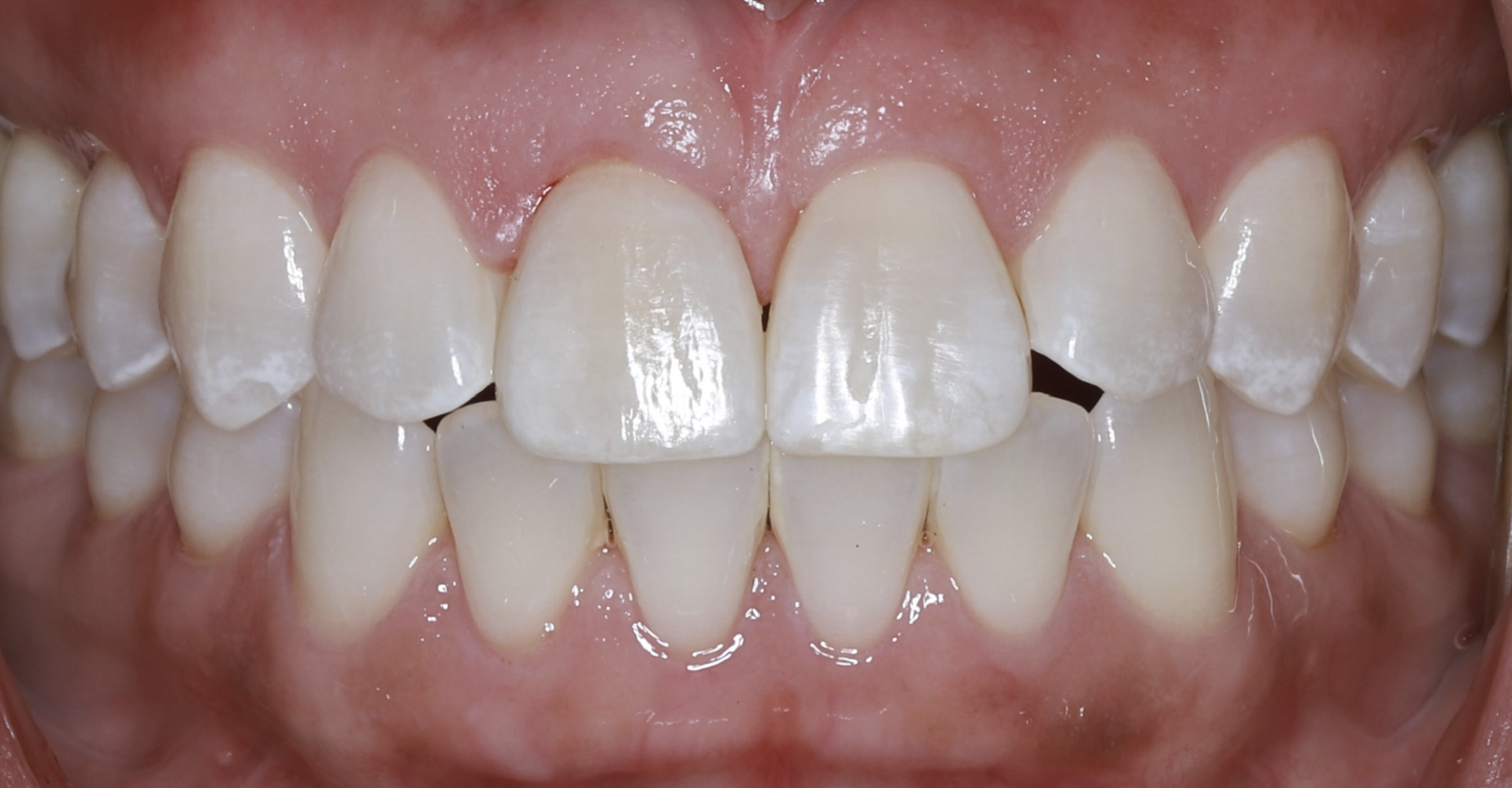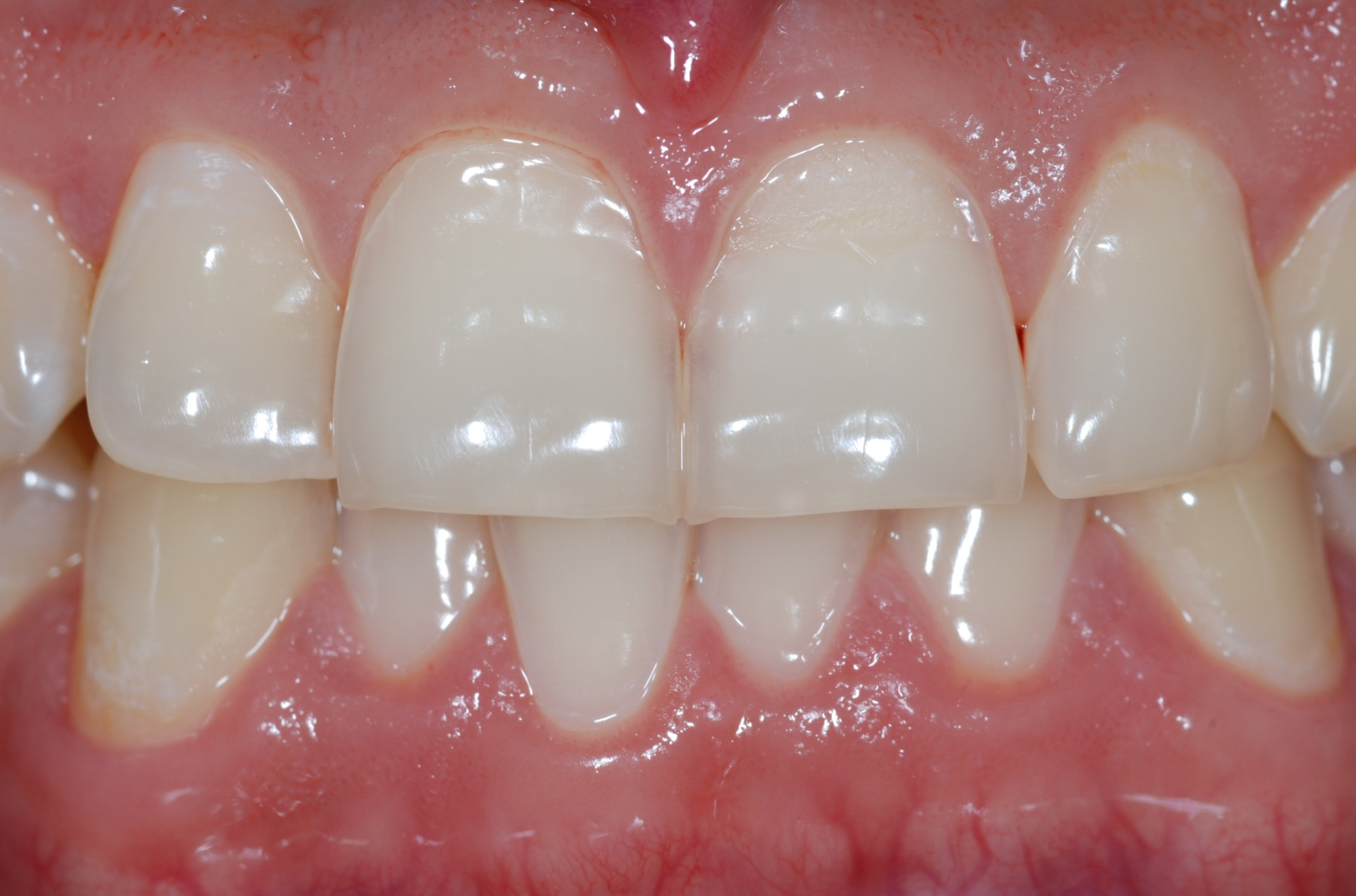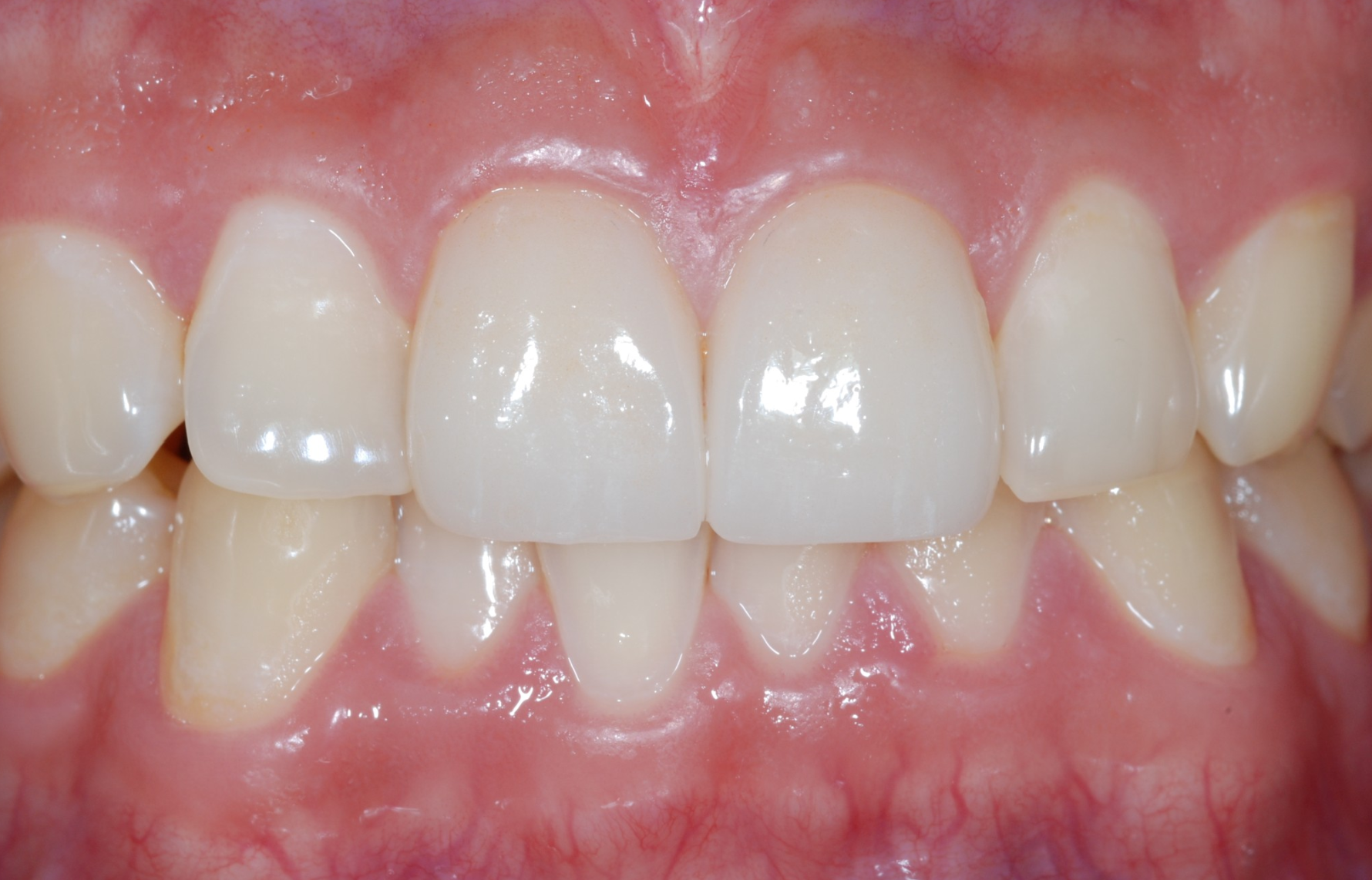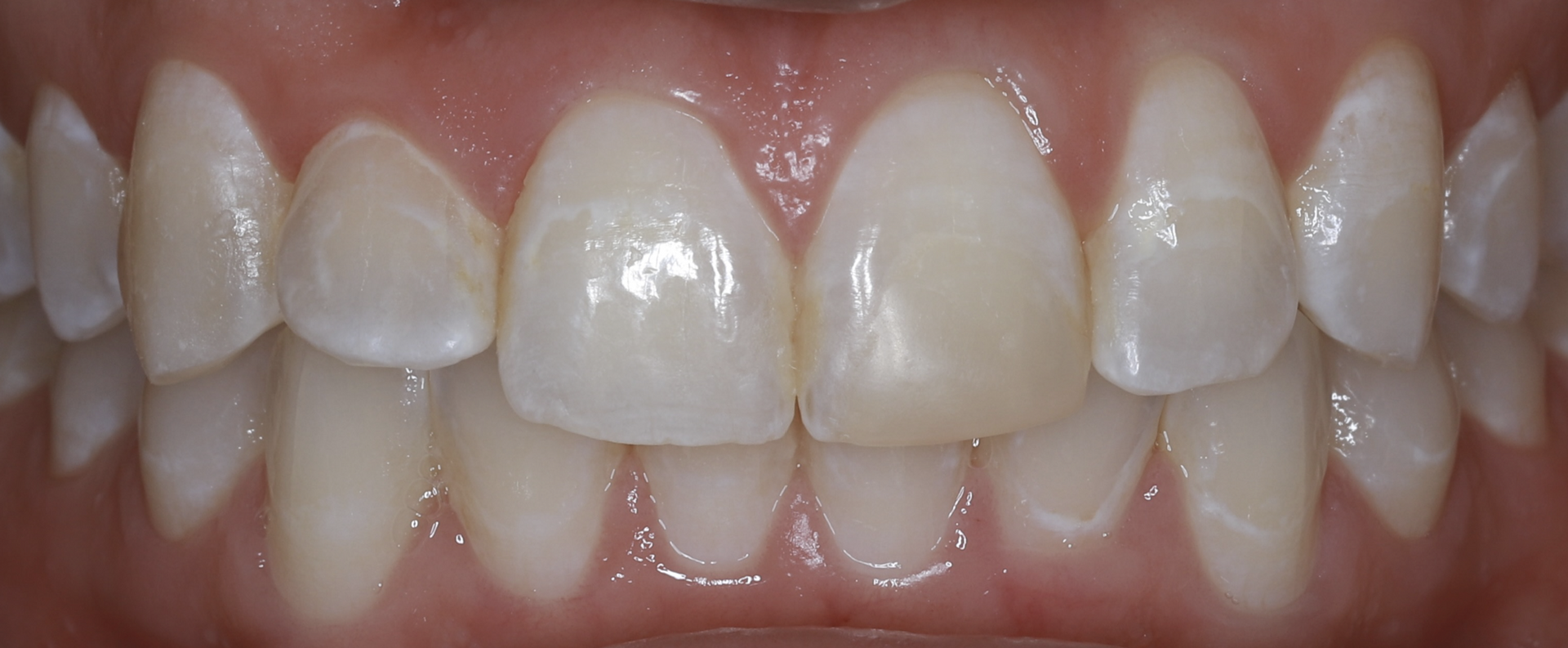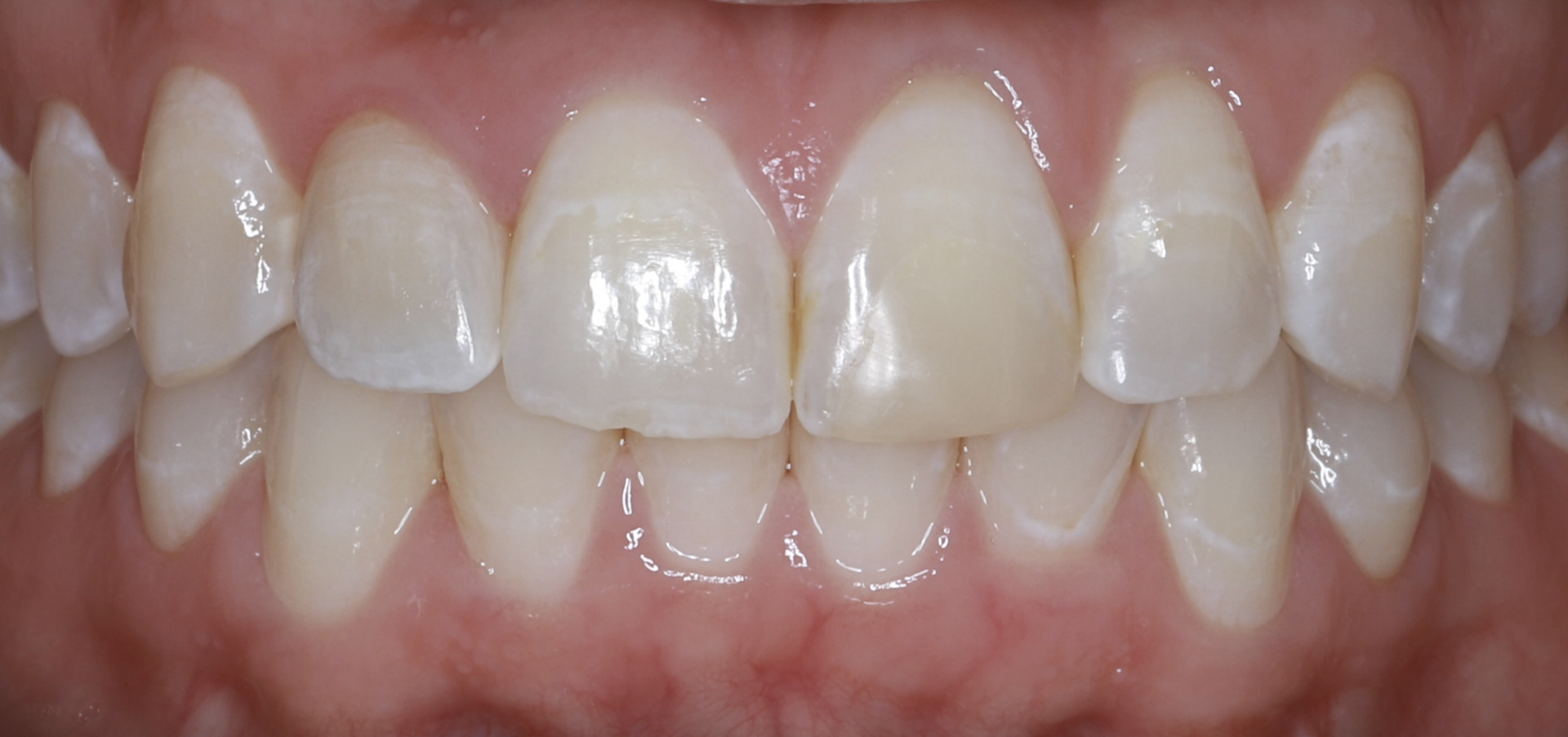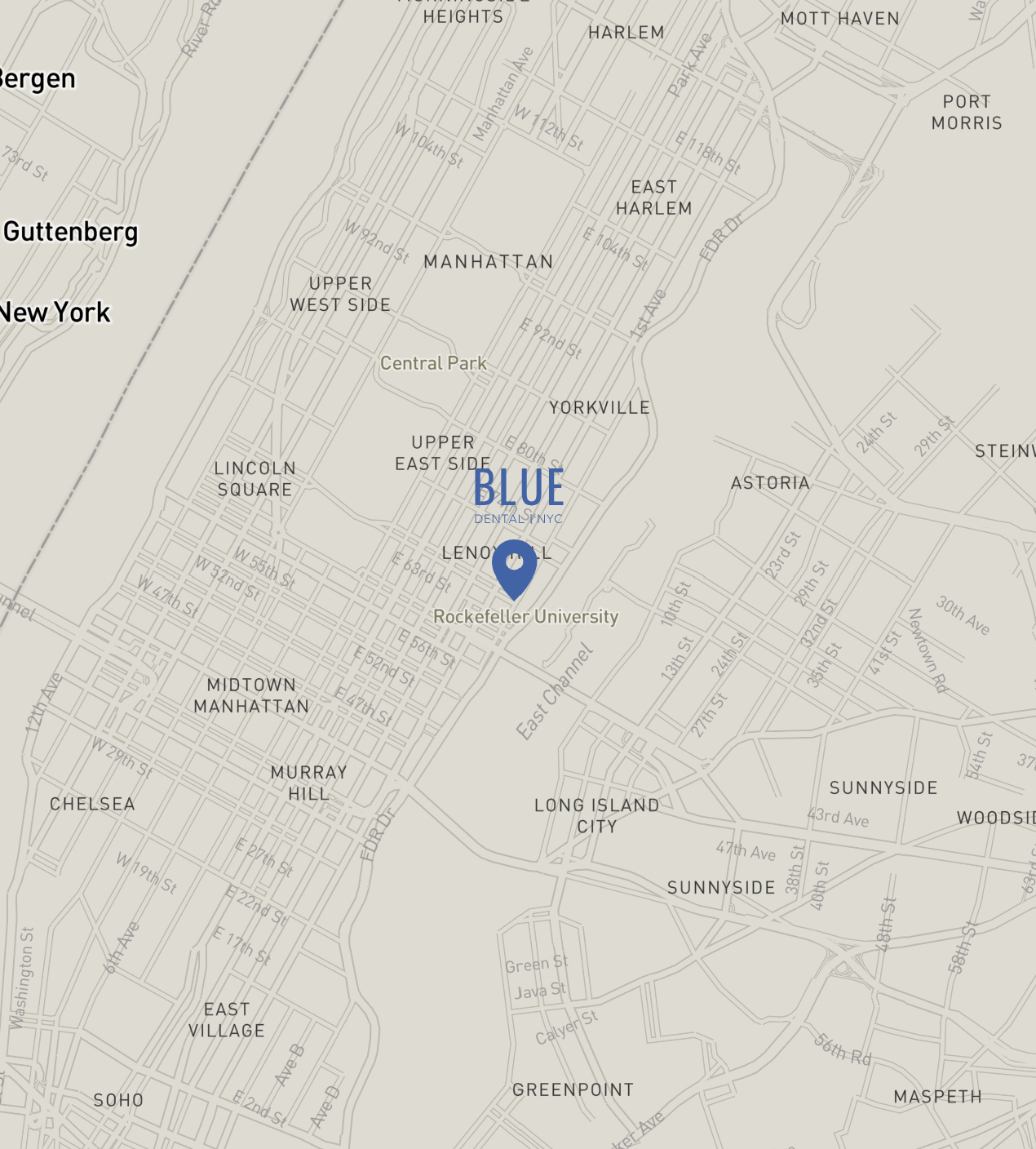Tooth Erosion (Acid Wear) on the Upper East Side, Manhattan
Why Choose Dr. Min for Tooth Erosion Care
- Columbia-trained prosthodontist focused on preserving enamel and restoring worn smiles with conservative, evidence-based care.
- Award-winning precision and military-honed discipline—expect meticulous records, clear planning, and calm, respectful communication.
- Cause-first approach: We identify dietary, medical, and bite factors before restoring teeth, so results last.
- Digital diagnostics: high-resolution photos, occlusal analysis, and low-dose X-rays/CBCT (when indicated) to track wear over time.
What Is Tooth Erosion?
Tooth erosion (acid wear) is the chemical loss of enamel from acid—not from bacteria. It thins and softens enamel, exposing yellow dentin, increasing sensitivity, and flattening or “cupping” chewing surfaces. Unlike cavities, erosion doesn’t require plaque acids; it comes from dietary or stomach acids.
Why It Happens
- Dietary acids: sodas, flavored seltzers, sports/energy drinks, citrus, vinegar-based foods, frequent snacking on sour candies
- Gastric acids: reflux/GERD, frequent vomiting, nighttime reflux
- Dry mouth (xerostomia): medications, dehydration, mouth breathing, reduced saliva flow
- Compounding habits: tooth grinding (bruxism) on softened enamel accelerates wear
Erosion vs. Other Wear
- Erosion: smooth, shiny enamel; “cupped” molar dents; generalized sensitivity
- Attrition (grinding): flat facets where teeth contact
- Abrasion (over-brushing/tools): notches near the gumline
Many patients have mixed patterns—we treat all contributing factors.
Signs & Symptoms
- Increasing tooth sensitivity to cold/air
- Thinning, translucent edges on front teeth; yellowing as dentin shows
- Small dents in chewing surfaces; edges chip easily
- Changes in bite height or smile length over time
How We Diagnose
- Detailed history (diet, reflux, dry mouth, habits)
- Photo series and erosion wear map to establish a baseline
- pH and saliva flow discussion; medication review
- Bite exam for bruxism; airway/sleep screening if symptoms suggest apnea
- Digital X-rays/CBCT (when indicated) to assess remaining tooth structure
Treatment Options We Provide/Coordinate
Conservative Protection (first line):
- Fluoride varnish and prescription-strength toothpaste for remineralization
- Calcium/phosphate pastes and sensitivity management
- Resin infiltration or micro-bonding to seal early lesions and strengthen edges
- Custom night guard if bruxism is present (protects softened enamel)
Restorative Care (when structure is lost):
- Cosmetic bonding to rebuild thin edges and close sensitivity pathways
- Onlays/overlays to restore eroded chewing surfaces conservatively
- Crowns for severely worn teeth needing full coverage and bite support
- Bite rehabilitation (case-by-case) to restore comfortable height and esthetics
Medical & Behavioral Co-Management:
- Reflux/GERD: collaborate with your physician or GI specialist
- Dry mouth strategies: hydration plan, saliva stimulants, medication review
- Nutrition coaching: spacing acids with meals, smart drink habits, neutralizing routines
The Process at a Glance
1) Consultation & Baseline
Photos, scans, bite check, and sensitivity chart; review diet/medical history.
2) Stabilize & Protect
Remineralization plan, varnish, habit changes, and guard (if grinding).
3) Conservative Repairs
Targeted bonding/infiltration for edges and early cupping areas.
4) Definitive Restoration (If Needed)
Onlays/overlays or crowns to rebuild strength and function; precise bite finishing.
5) Monitor & Maintain
Periodic photos and exams to confirm stability; adjust plan as needed.
Prevention & Daily Habits
- Time acids with meals (not as all-day sips/snacks).
- Rinse with water after acidic foods/drinks; chew sugar-free gum to stimulate saliva.
- Wait 30–60 minutes before brushing after acids (enamel is temporarily softened).
- Use a soft brush + fluoride toothpaste; avoid abrasive whitening pastes.
- Manage reflux with your physician; elevate head of bed if advised.
- Wear your night guard if prescribed.
Comfort, Safety & Materials
- Gentle technique; most preventive visits need no injections
- BPA-free materials; meticulous moisture control for durable bonding
- High-strength ceramics (when indicated) designed for acid/chip resistance
Cost & Insurance
- Transparent, itemized estimates tailored to the extent of wear and materials.
- Many PPO plans help with medically necessary restorations and varnishes; cosmetic-only coverage varies—our team verifies benefits and files claims.
- Phased care and flexible payments to fit your timeline.
Frequently Asked Questions
Will fluoride alone fix erosion?
It strengthens enamel and reduces sensitivity but can’t rebuild lost structure—conservative bonding or onlays may still be needed.
Do I have to give up sparkling water?
Limit continuous sipping; have it with meals, rinse with water after, and avoid flavored/low-pH varieties when possible.
Why wait to brush after acids?
Brushing immediately can scrub softened enamel. Rinse first; brush later once saliva has re-hardened the surface.
Can erosion change my bite or face shape?
Severe wear can reduce tooth height and lower facial support. Restorative care can comfortably restore
function and esthetics.
About Dr. Daniel Min
BA, University of Texas at Austin
DDS, University of Texas (American Esthetic Dental Association award; “Student of the Year” in clinical performance)
MS in Prosthodontics, Columbia University; former part-time clinical professor
U.S. Army veteran; current Army Reserve officer
Member: Academy of Prosthodontics; International Congress of Oral Implantologists
Service Area
Conveniently located on the Upper East Side and serving patients across Manhattan and the greater New York City area.
Call to Action
Sensitive, thinning, or “cupped” teeth?
Book an erosion evaluation with Dr. Daniel Min to protect enamel, restore comfort, and rebuild a durable, beautiful smile.
